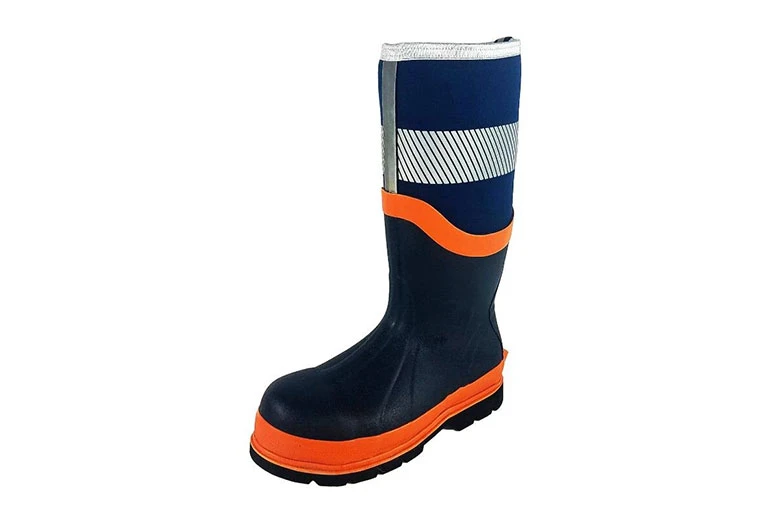The Essential Guide to River Fishing Shoes
When it comes to river fishing, the right gear can make all the difference between a successful trip and a frustrating day by the water. While many anglers focus primarily on their rods, reels, and bait, the importance of selecting the appropriate footwear is often overlooked. River fishing shoes are essential for comfort, safety, and overall fishing success. In this guide, we'll delve into the essential features of fishing shoes, the different types available, and why investing in a good pair can enhance your fishing experience.
Comfort is Key
Firstly, comfort is paramount in any fishing scenario, especially when you're standing in a river for hours on end. Fishing shoes should provide adequate cushioning to help absorb the impact when wading through rocky beds and uneven terrain. Look for shoes with padded insoles and breathable materials that allow for airflow, keeping your feet cool and dry even on warm days.
Moreover, a good fit is crucial. Shoes that are either too tight or too loose can cause blisters and discomfort, detracting from your ability to focus on fishing. It's wise to try on several pairs and walk around in them to ensure you find the right size and fit. Remember, a little extra investment in comfort can lead to a lot more productive fishing time.
Safety and Traction
One of the primary reasons to choose specialized river fishing shoes is safety. Rivers often have slippery surfaces, making it easy to lose your footing. Look for shoes with rubber soles designed for optimal traction. Shoes branded as non-slip or with specific lugs for gripping on wet surfaces can greatly reduce your risk of slipping and falling.
In addition to traction, consider the shoe's ankle support. High-top designs can provide extra stability and protection, especially when navigating rocky creek beds. Shoes that offer both good traction and ankle support are invaluable when you might encounter swift currents or uneven surfaces.
Waterproof Features
Another crucial consideration for river fishing shoes is their waterproof capabilities
. Wet feet can lead to discomfort and even hypothermia in colder temperatures, so it’s important to choose shoes made with waterproof materials or those that offer a waterproof lining. Many fishing shoes are designed to drain water effectively, allowing for quick drying and aiding in overall comfort.river fishing shoes

While waterproof shoes are excellent, consider a pair with breathable materials too. You don't want to create a sauna for your feet, especially in warmer climates. Look for shoes that strike a balance between waterproofing and breathability.
Types of River Fishing Shoes
When browsing options for river fishing shoes, you’ll find several types to consider
1. Water Shoes These are lightweight and often designed with mesh uppers for breathability and quick draining. They provide basic protection and are great for shallow waters.
2. Wading Boots Designed specifically for serious anglers who wade deep into rivers, these boots offer sturdy ankle support and enhanced traction. They can come with insulation for cold-weather fishing.
3. Sandals For warm weather and very shallow fishing spots, sandals with non-slip soles can be quite comfortable. However, they provide less protection from rocks or fast-moving water.
4. Fishing Sneakers Some brands offer fishing-specific versions of sneakers that blend functionality with the feel of casual footwear, offering good support and comfort for light fishing.
Conclusion
In the world of river fishing, your shoes can significantly affect your overall experience. Invest in a reliable pair of fishing shoes that combine comfort, safety, and waterproof features to enhance your time on the river. By selecting the right footwear, you not only protect your feet but also improve your chances of a successful fishing outing. Remember, happy feet lead to happy fishing, so choose wisely! Whether you prefer wading boots, water shoes, or specialized fishing sneakers, make sure they fit comfortably and provide the support you need to enjoy hours of fishing.
-
Stay Dry in Any Condition with WadersNewsJul.17,2025
-
Elite Performance with Camouflage Combat BootsNewsJul.17,2025
-
Dry and Comfortable with Green Rubber Garden ShoesNewsJul.17,2025
-
Convenient Protection with Foldable RainbootsNewsJul.17,2025
-
Comfort and Protection with Neoprene Work BootsNewsJul.17,2025
-
Brighten Rainy Days with Floral Rain BootsNewsJul.17,2025
-
Safety Wellies: The Ultimate Combination of Protection, Comfort, and VisibilityNewsJun.19,2025











